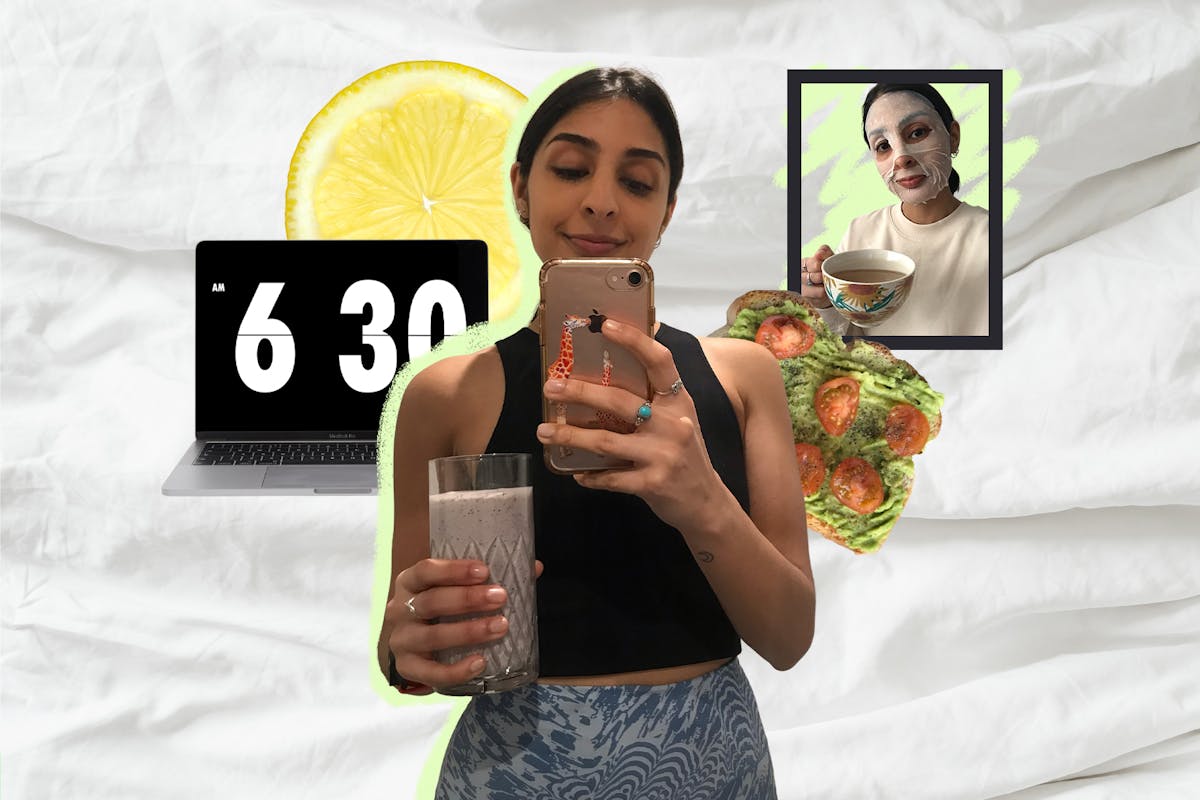Another example of yet another not so healthy but a profitable idea is TikTok trends. We all know that nearly everything can become a trend on TikTok, however there is a special genre of health and well-being bloggers that came up with a “That Girl” trend. It is a compilation of photos and videos throughout one’s day to show how productive and aesthetical their life is. Waking up early, making smoothies and avocado meals, exercising and showing a computer to create an image of a perfect productive and healthy lifestyle.
When it comes to trends people know they have an opportunity to have their videos shown on recommendations, which is a well-known way to increase followers, likes and views. In that sense TikTok can really be a profitable idea, so people usually proceed when some trend is at its highest. Therefore, they get more popular and they get money. The truth is that a person would film any famous trend if they think it can increase their views. Even if the trend is something like “That Girl”, which is simply unreal at the first place. Excluding the fact that social media like TikTok has an algorythm designed in a way so it is difficult for people to stop scrolling down, lifestyle trends might be a separate threat creating stereotypes of a perfect life. What is bad is that some viewers might not be able to distinguish it, actually perceiving the trend as action plan.
One blogger decided to follow that challenge and become “That Girl” for a week, and her overall conclusion was that this promoted lifestyle was actually overwhelming and she was relieved the challenge has ended. Priyankaa Joshi described it as perfect on screen, but constantly stressed off screen (n.d.). Pressure to strive for perfection and conform to specific aesthetics, those are the requirements of the trend that create certain stereotypes in society. Similar to films and series, why would TikTok bloggers create such unpleasant stereotypes if they know for themselves it’s not realistic? The answer is, because it sells.

References
Joshi, P. (n.d.). “I tried to become TikTok’s ‘That Girl’ for a week – here’s how it affected my mental health”. Stylist. Retrieved April 28, 2022, from https://www.stylist.co.uk/health/mental-health/that-girl-tik-tok/620415
I really appreciate the fact that you covered the trend of 'That girl'! I have seen this trend and i have definitely been made to feel somewhat unhappy when viewing this type of content. Generally the issue with this trend in my eyes is the fact that it is promoted mostly by 'skinny white girls' on TikTok which gives this whole trend a different meaning! Excluding body types and people of color can really influence the person watching this type of content since they won't really see themselves. Another thing that you mentioned is the fact that this type of lifestyle is very overwhelming and i have to agree with that as well. Because of the way the routine is it comes to no surprise that it is a stressful routine to have since all the focus you have is to be absolutely perfect which is something that cannot be achieved on a day to day basis.
ReplyDelete